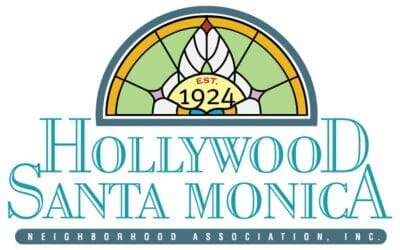Hollywood / Santa Monica Neighborhood Heritage
It was the ’20s, and Dallas was booming. Americans had returned from World War I with new perspectives on life. And architecture.
A century earlier, the Hollywood/Santa Monica neighborhood had been part of the land the Republic of Texas granted to Robert Moore, an original settler of the Peters Colony, whereas Santa Monica was part of the land granted to A. T. Nanny. By the late 1800s, according to the maps of the day, the land was designated as part of “Miss Martin’s Dairy.”
In the post-war ’20s, J.B. Salmon acquired this former dairy farm and formed the Hollywood Company to subdivide and improve the land. Also known as the developer of Kessler Highlands in Oak Cliff, Mr. Salmon was exceedingly careful in planning his property. The Hollywood Company, using deed restrictions, ensured development in the neighborhood was to the highest standards. As with the adjacent Swiss Avenue and Lakewood Country Club Estates neighborhoods, masonry construction and rear-yard utility easements were required.
The first official grantee (sale of property) from The Hollywood Co., was June 16th, 1924.
Within these restrictions, the City of Dallas did not regulate home styles. Nevertheless, Doughboys (soldiers) returned home enchanted by the stone Jacobean and Tudoresque mansions and cottages they had encountered overseas. This trend of bringing a little Old World to the New World led to the overwhelming nationwide popularity of the Tudor style in the postwar years. Unsurprisingly, most Hollywood houses are constructed of brick in the Tudor Cottage style and Spanish Eclectic, French Eclectic, Minimal Traditional, Craftsman, Monterey, and Pueblo Revival styles. However, the cut-stone architectural embellishments – chimneys, arches, facades – are genuinely a Texas accent to an otherwise European architectural style.
If you would like to share a story about your house or have old photos you would like to add to this Heritage section, please use the form below to contact the Historian.
